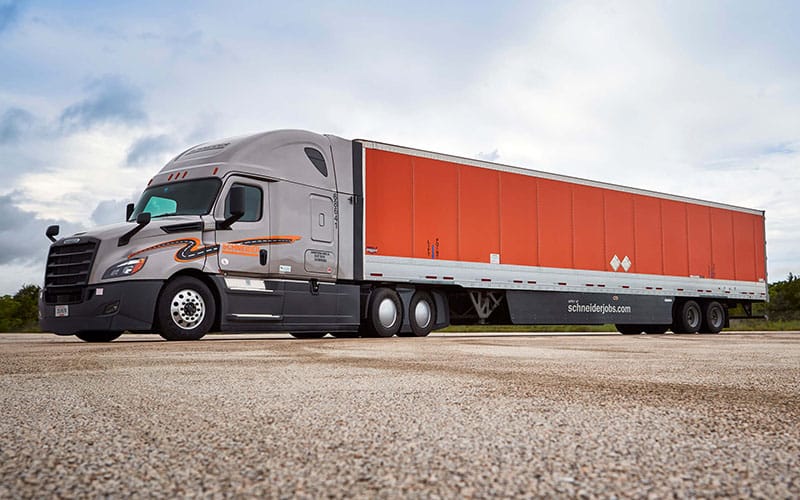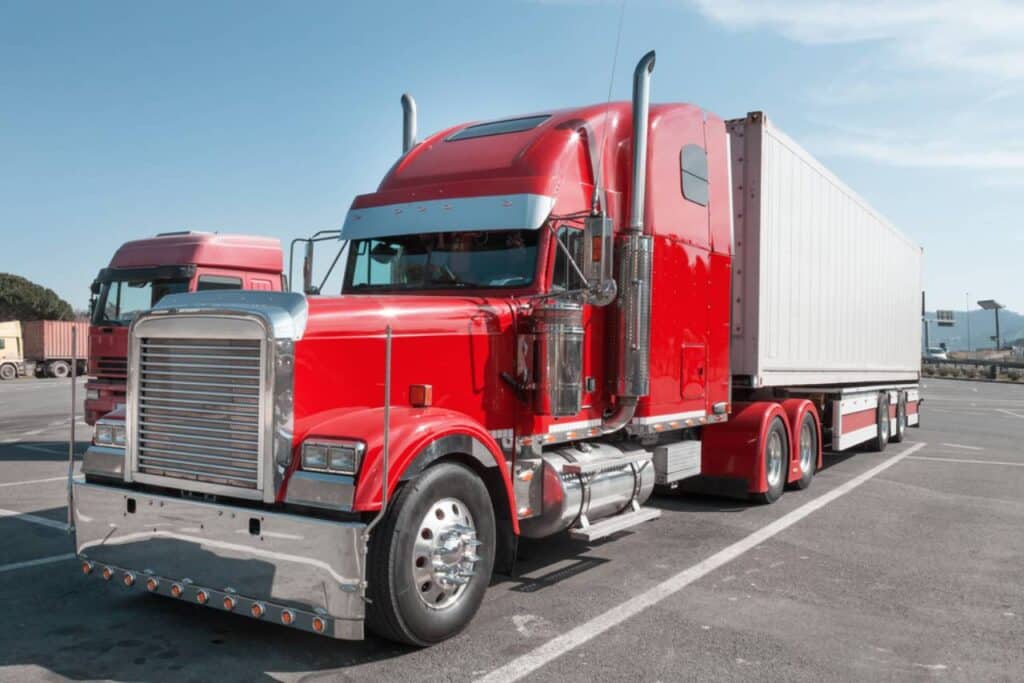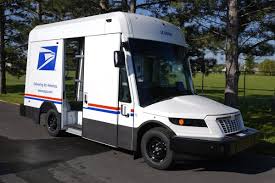
Turning
Turning refers to the maneuver a driver makes to change the direction of a vehicle, such as making left, right, or U-turns at intersections or on roads. While turning is a common aspect of driving, it also involves significant risks and is a frequent cause of traffic accidents. Unsafe or improperly executed turns can lead to serious collisions, particularly in busy intersections or areas with limited visibility. At 770GoodLaw, we represent clients who have been injured in turning accidents, working to establish fault and secure fair compensation for their injuries and damages.
Legal Considerations for Turning
Drivers must follow specific rules and exercise caution when turning to ensure the safety of other road users. Failing to follow turning laws can lead to accidents, making the driver liable for any resulting injuries or damages. Key legal aspects related to turning include:
-
Right-of-Way: Drivers must yield the right-of-way to oncoming traffic when making left turns and to pedestrians at crosswalks. Violating the right-of-way is a common cause of turning accidents.
-
Turn Signals: Using turn signals to indicate an intention to turn is required by law and helps prevent accidents by alerting other drivers of the vehicle’s movement.
-
Speed Control: Reducing speed before making a turn ensures that the driver maintains control of the vehicle and reduces the risk of a collision.
-
Blind Spots: Drivers must check for vehicles, bicycles, or pedestrians in their blind spots before initiating a turn, particularly in areas with high traffic or limited visibility.
Common Types of Turning Accidents
Turning accidents can occur in a variety of situations, each posing unique risks and liability considerations. Common types of turning accidents include:
- Left-Turn Accidents: These accidents often happen when a driver turning left fails to yield to oncoming traffic, leading to collisions with vehicles going straight through an intersection.
- Right-Turn Collisions: Right-turn accidents can occur if a driver fails to yield to pedestrians, cyclists, or vehicles in adjacent lanes, especially when making a turn on red.
- U-Turn Accidents: U-turns are particularly risky in high-traffic areas, as they require crossing multiple lanes of traffic. Improperly executed U-turns can result in side or rear-end collisions.
- Wide Turns: When making a turn that requires crossing multiple lanes or space (such as in larger vehicles), drivers must ensure they don’t encroach on adjacent lanes, as wide turns can cause accidents with nearby vehicles.
Causes of Turning Accidents
Turning accidents are often the result of driver error, such as failing to yield, misjudging the distance of oncoming traffic, or neglecting to use turn signals. Common causes include:
-
Failure to Yield: Drivers making left turns must yield to oncoming traffic. Ignoring this requirement is a leading cause of turning accidents.
-
Distracted Driving: Distractions, such as using a phone or adjusting in-car controls, can lead to errors in timing and judgment when turning.
-
Poor Visibility: Limited visibility at intersections or blind spots can prevent drivers from seeing pedestrians or other vehicles before making a turn.
-
Speeding Through Turns: Taking turns too quickly can cause a driver to lose control of the vehicle, increasing the risk of collision with other cars or pedestrians.
Liability in Turning Accident Cases
In turning accident cases, liability generally falls on the driver who failed to follow proper turning procedures. Establishing liability often requires a thorough investigation to determine if the driver acted negligently or violated traffic laws. Factors influencing liability include:
-
Traffic Signal Compliance: If the driver failed to obey a traffic signal, such as a “no turn on red” sign, they may be held liable for the accident.
-
Right-of-Way Violations: Drivers who fail to yield the right-of-way when required are typically considered at fault in turning accidents.
-
Eyewitness and Surveillance Footage: Witnesses or camera footage can provide valuable evidence in determining fault, especially when there is a dispute over the events leading up to the accident.
How 770GoodLaw Assists Clients with Turning Accident Claims
At 770GoodLaw, we understand the complexities of turning accident cases and are committed to helping clients pursue fair compensation. Our attorneys work closely with clients to investigate the accident, determine liability, and negotiate with insurance companies for a just settlement. Our approach includes:
- Gathering Comprehensive Evidence: We collect all available evidence, including police reports, traffic camera footage, and witness statements, to establish the events leading up to the accident.
- Consulting Accident Reconstruction Experts: In cases where fault is disputed, we work with accident reconstruction specialists who can analyze the scene and provide expert opinions on how the accident occurred.
- Calculating Damages: Our team calculates the full extent of damages, including medical expenses, lost wages, and pain and suffering, to ensure our clients receive adequate compensation.
- Advocating for Clients in Negotiations and Trials: Whether through negotiation or litigation, we represent our clients with a strong focus on securing a fair outcome, advocating vigorously for their rights.
Importance of Legal Representation in Turning Accident Cases
Turning accidents can lead to severe injuries and complex liability disputes, making legal representation essential. Skilled attorneys help clients navigate the claims process, handle negotiations with insurance companies, and present strong cases in court if needed. At 770GoodLaw, we provide the support and expertise clients need to pursue compensation and hold negligent drivers accountable.
Why Choose 770GoodLaw for Turning Accident Claims
With our commitment to Relentless Reliability and Sincetegrity, 770GoodLaw delivers thorough representation for clients injured in turning accidents. We work tirelessly to ensure that our clients’ rights are protected and that they receive fair compensation for their injuries and losses.






